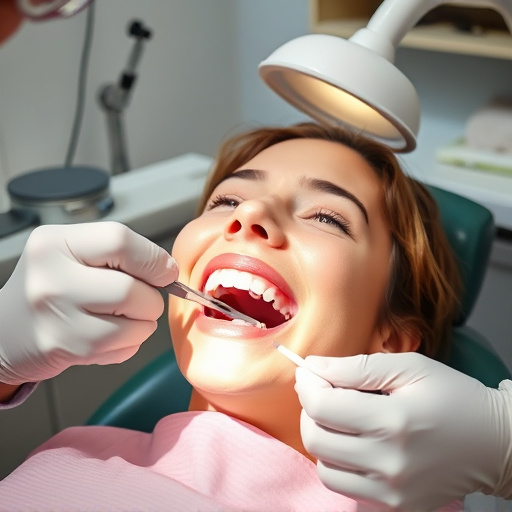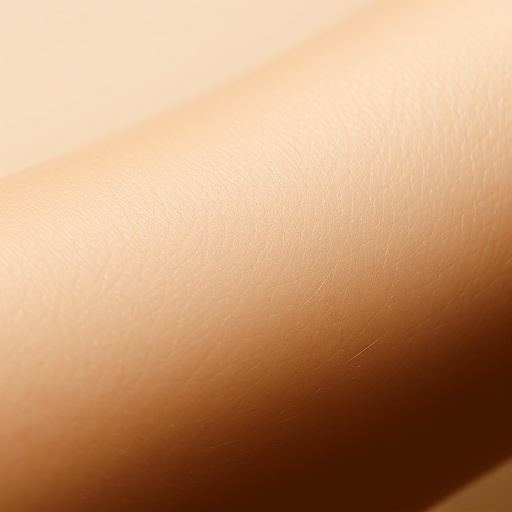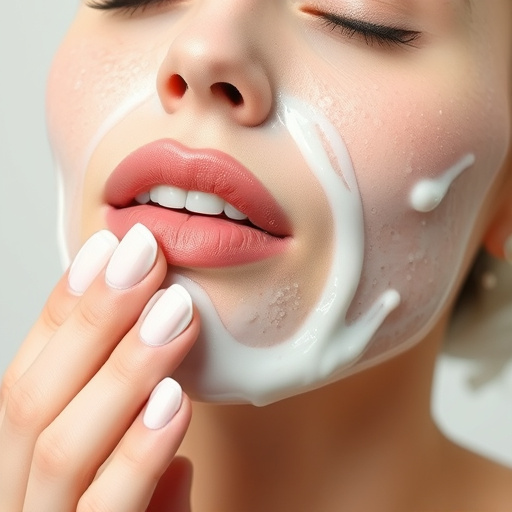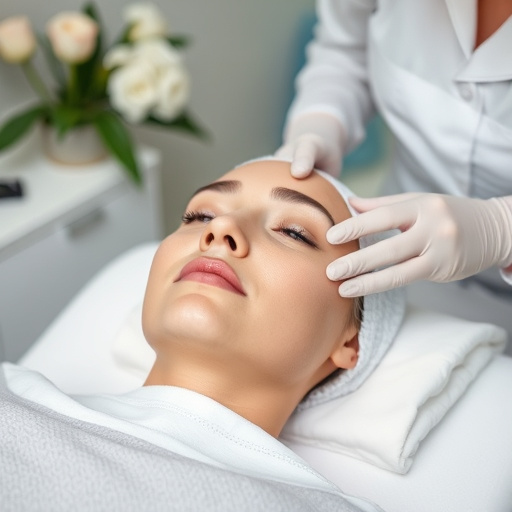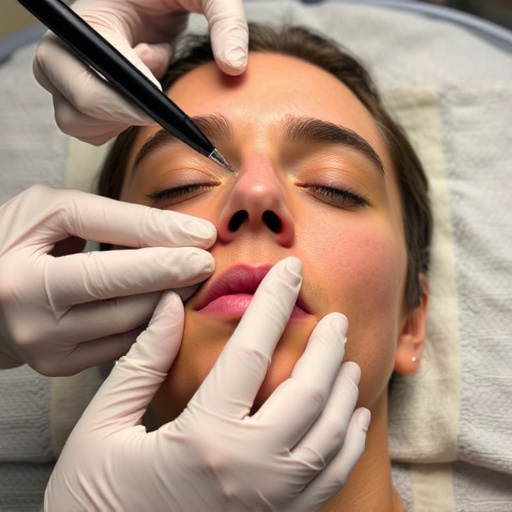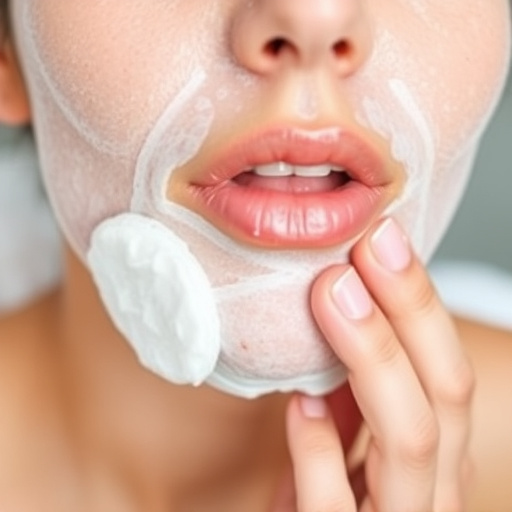Deep cleansing facials promote skin rejuvenation by unclogging pores and reducing acne scars but carry risks of redness or irritation for sensitive skin. To mitigate these, choose reputable clinics, communicate openly with estheticians, follow proper aftercare, and select gentle, hypoallergenic products with hydrating agents and calming ingredients. A well-guided facial, involving initial gentle cleansing, serums/masks with natural ingredients, and circular massage, can refresh and rejuvenate the skin without strain or irritation.
Experience a revitalized complexion with minimal redness or irritation through our guide on the deep cleansing facial. This in-depth exploration delves into the benefits and potential risks of this powerful skincare treatment, equipping you with knowledge to make informed decisions. We offer tailored advice for choosing products designed to soothe sensitive skin, ensuring a safe and effective experience. Additionally, we provide a comprehensive step-by-step guide to minimize redness post-facial, leaving your skin glowing and balanced.
- Understanding Deep Cleansing Facials: Benefits and Risks
- Choosing the Right Products for Sensitive Skin
- Step-by-Step Guide to Minimal Redness Relief
Understanding Deep Cleansing Facials: Benefits and Risks
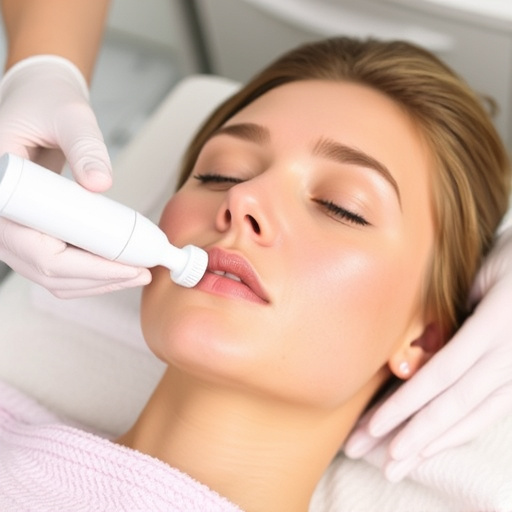
Deep cleansing facials are a popular aesthetic treatment designed to deeply cleanse and exfoliate the skin, removing impurities, excess oil, and dead skin cells. This process helps unclog pores, reduces the appearance of acne scars, and enhances overall skin health. By penetrating deeper into the skin’s layers, these professional skincare procedures can provide noticeable results in just one session.
However, it’s essential to understand the potential risks associated with deep cleansing facials. Due to their intense nature, some individuals may experience redness or irritation after the treatment, especially if their skin is sensitive. Professional estheticians take precautions to minimise these side effects, but it’s crucial to choose a reputable skincare clinic and discuss your concerns openly before undergoing the procedure. Proper aftercare, including using gentle products and avoiding strenuous activities, can also help alleviate any discomfort and promote faster recovery, ensuring a healthier, more radiant complexion.
Choosing the Right Products for Sensitive Skin
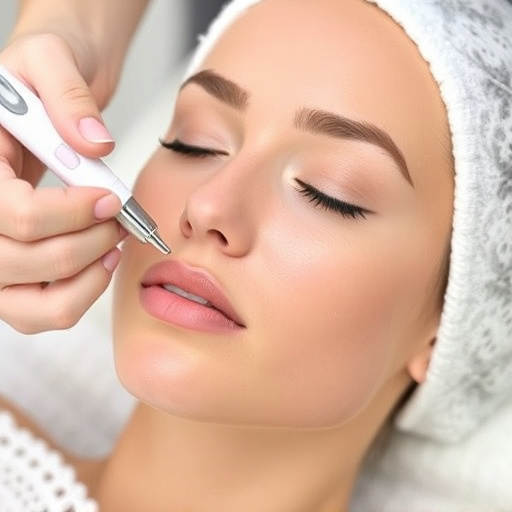
When it comes to a deep cleansing facial for sensitive skin, choosing the right products is paramount. Opt for gentle, hypoallergenic formulas designed specifically for delicate complexions. Avoid ingredients like alcohol, harsh detergents, and fragrances that can cause redness or irritation. Instead, look for mild cleansers with hydrating agents like hyaluronic acid and calming ingredients such as chamomile or aloe vera. These products are less likely to strip your skin of its natural moisture barrier, reducing the risk of post-facial flare-ups.
For those concerned about maintaining optimal skin health, consider products that offer additional benefits beyond cleansing. Anti aging treatments with gentle retinol derivatives or vitamin C can help rejuvenate and even out skin tone without further sensitizing the area. Laser hair removal is another non-invasive procedure gaining popularity, but it’s not a direct component of a deep cleansing facial. Remember, the goal is to create a soothing, effective routine that leaves your skin feeling refreshed and balanced rather than strained or aggravated.
Step-by-Step Guide to Minimal Redness Relief
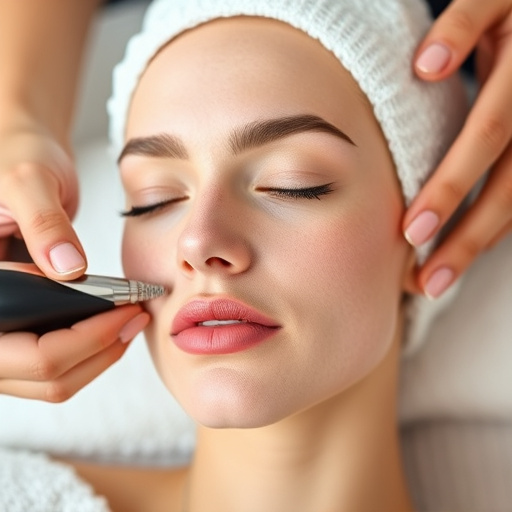
A deep cleansing facial can be a powerful tool for achieving clear, radiant skin, but it’s crucial to navigate this process with care to minimize redness and irritation. Here’s a step-by-step guide tailored towards achieving that balance. Start by preparing your skin: gently cleanse your face with a mild cleanser to remove any excess oil or makeup. This initial step helps create a clean canvas for the deep cleansing facial, ensuring better absorption of subsequent products.
Next, choose the right products. Opt for gentle, hydrating serums and masks formulated for sensitive skin. Avoid harsh chemicals and opt for natural ingredients like aloe vera and green tea, known for their calming properties. During the facial, apply a thin layer of the serum or mask, focusing on areas prone to acne or redness. Gently massage it in circular motions, promoting blood circulation without causing further irritation. After leaving the product on for the recommended time, rinse thoroughly with lukewarm water. This personalized skincare approach can significantly reduce redness and discomfort associated with deep cleansing facials, making your skin feel refreshed and rejuvenated.
A deep cleansing facial can significantly benefit your skin’s health, but it’s crucial to approach this process with care, especially for sensitive skin. By understanding the potential risks and choosing the right products, you can achieve a minimal redness relief experience. Following our step-by-step guide ensures your skin is left refreshed and rejuvenated without unnecessary irritation. Incorporate these practices into your skincare routine for a more balanced and glowing complexion.







